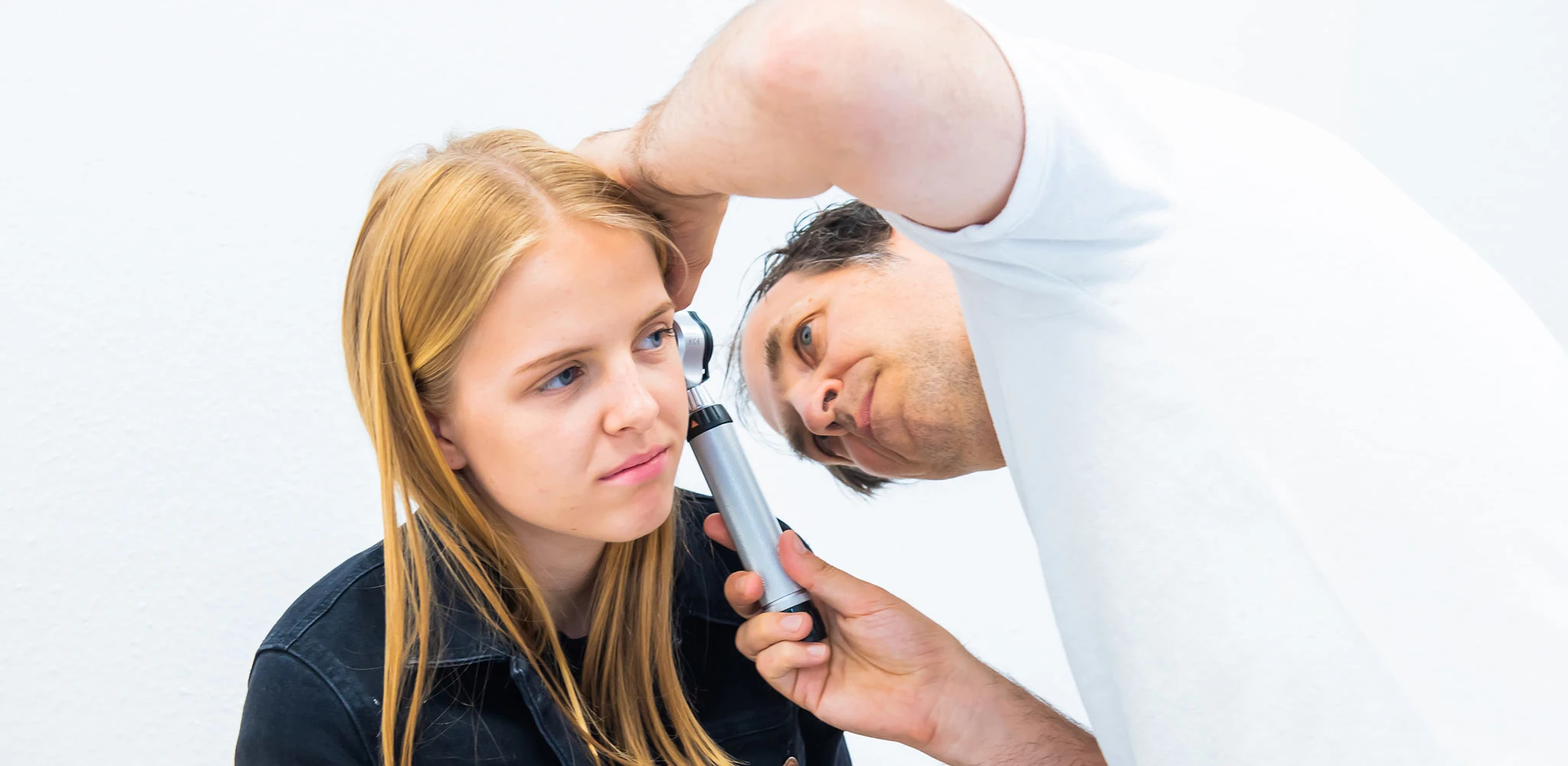Sun protection for children
When it comes to sun protection, as is so often the case, there are rules - but you also have to approach things with common sense. Please don't lock your children up out of panic about UV damage. Because both are possible: outdoor exercise and safe sun protection - if you follow a few rules. What never hurts: when adults set a good example.
The skin of babies and small children is many times more sensitive than that of adults, as their own UV protection still has to develop in the first few years of life. Babies should therefore not be exposed to direct sunlight at all until they are 1 year old, and even up to pre-school age, children should avoid the blazing sun.
Shade and sun-appropriate clothing are the most effective sun protection: let children play in shady places where possible. Especially in summer and on sunny spring days, children should not play outside during the strong midday sun (11 am to 3 pm).
Make sure they wear sun-appropriate clothing that covers as much of their body as possible:
Hat, cap or scarf with visor and neck protection.
Airy, preferably long-sleeved T-shirts or shirts made of material that is not too loosely woven.
If possible, wear textiles with UV protection (from UV protection factor 30) or a test seal ("UV Standard 801").
Wide-cut trousers, as long as possible.
Comfortable shoes that also cover the back of the foot if possible.
Sunglasses with a good UV filter, especially in the mountains and at the seaside.
Avoid using sunscreen in the first year of life, as it can put unnecessary strain on baby's sensitive skin. Protect parts of the body that are not covered, such as the face, hands or back of the feet, with a sunscreen specially designed for children (from sun protection factor 30). Apply sufficient sunscreen, otherwise the sun protection factor will not be effective. When spending long periods outdoors, apply sun cream repeatedly and reapply sunscreen after every swim.
Frequent moisturising and a high sun protection factor should not tempt children to play in the blazing sun or in the sun for long periods without worrying.
Note: Even when the sky is overcast, up to 80 per cent of UV radiation still reaches the skin. The World Health Organisation has therefore introduced the so-called UV index, which is published daily in newspapers, weather reports or on the internet. Up to a UV index of 2, no special sun protection is required. Beyond that, the higher the index value, the more protection is required.
In order to produce sufficient vitamin D, the face, hands and arms should be exposed to the sun two to three times a week for a short time - half the time it would take to get sunburnt without protection - uncovered and without sunscreen.
Source: Federal Centre for Health Education
Further interesting tips
Influenza
It's the same every year. The nativity scene disappears - and the flu arrives. In other words: after Christmas, the sick season begins. And now we're right in the middle of the influenza wave. Here is the most important information.
Babies in the mountains
The mountain is calling? Then let's get out there! But be careful with babies and toddlers in the first one to two years of life.
Death and mourning
When there is a bereavement in the immediate family, parents often have many worries and uncertainties about how to deal with their children in this situation, in addition to their own grief. Doc talked to Gabriele Schmidt-Klehring, who has been offering bereavement counselling for children and young people in Schorndorf for over 20 years, about what needs to be considered.
